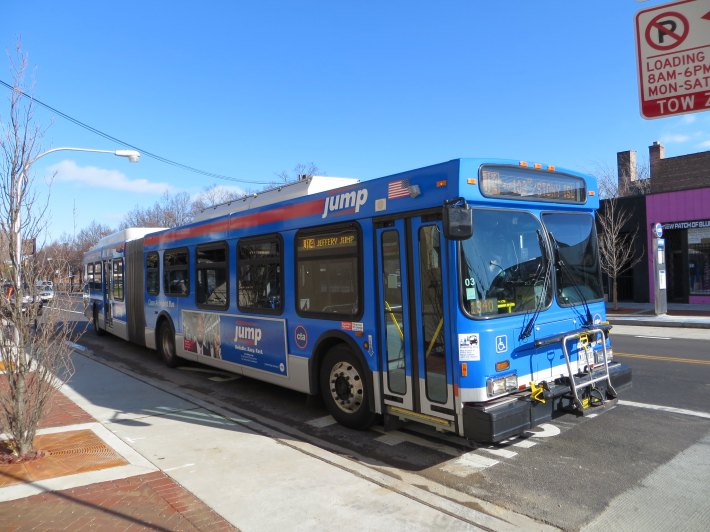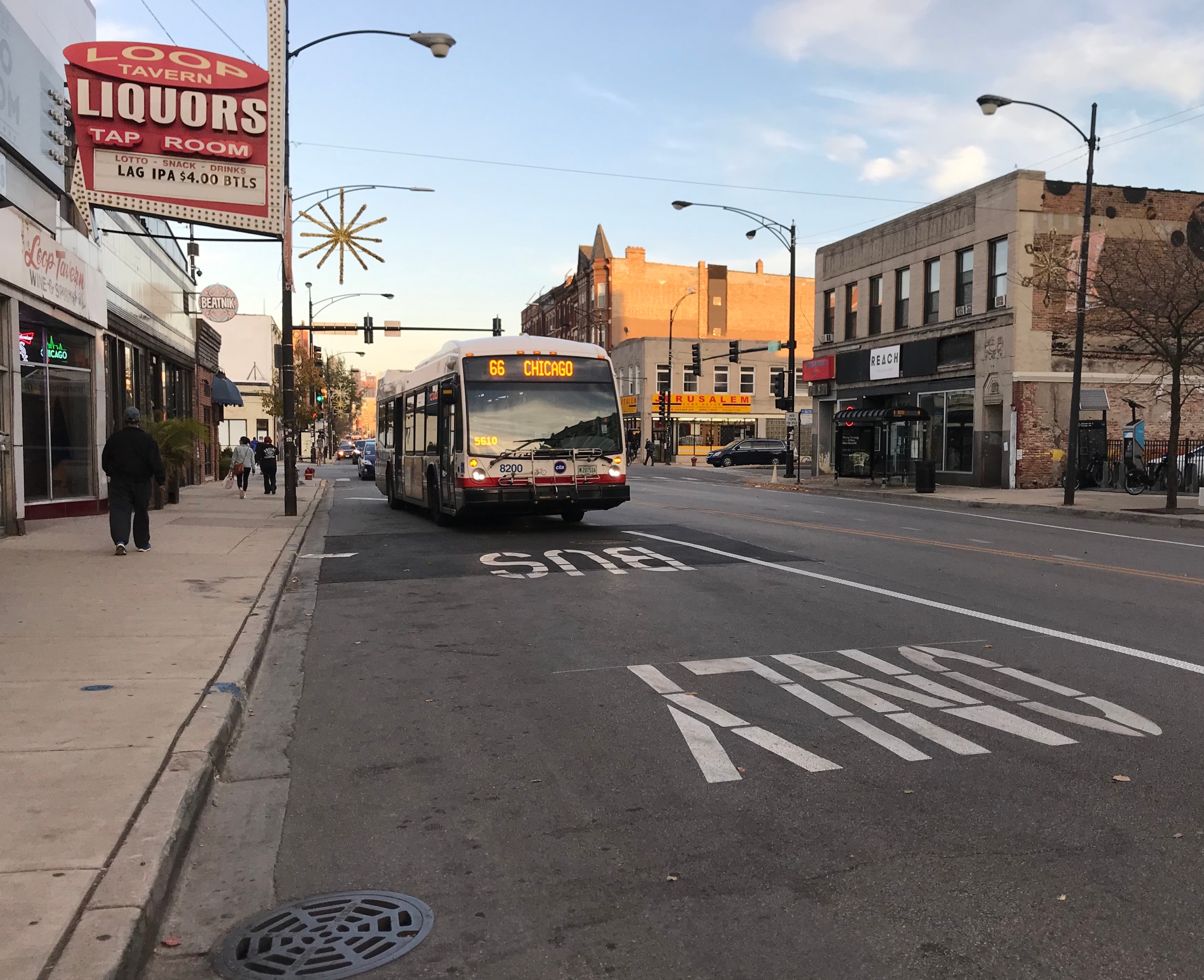Last month the CTA and the Chicago Department of Transportation announced that they’re seeking public input on the Better Streets for Buses plan, an effort to improve bus service on key routes across the city. The initiative includes a proposed network of streets where improvements will be focused. Residents will choose among options for bus improvements such as enhanced bus stops, traffic signals that give buses priority, and bus-only lanes.
To help lay the foundation for this proposed plan, the two agencies have been hosting three virtual public meetings this month, with one more scheduled for Thursday, May 12th at 7 p.m. If you're interested in attending, register through the project website.
The public comment period is open through May 31st. Comments and questions can also be submitted via email at betterstreetsforbuses@transitchicago.com, or by phone or text at 312-772-5496.
I attended last week's hearing. CTA government and community liaison Chris Rowe moderated the discussion, with occasional remarks from Jennifer Henry, the agency's senior manager of bus strategic planning. Informal polls were taken during the course of the meeting, with 75 percent of attendees agreeing that the bus riding experience would be improved by avoiding traffic delays. 89 percent of the assembled agreed that of all possible changes to neighborhood service, they would prefer to see buses given car-free lanes to quicken the ride.

Henry pointed to existing "bus priority zones," which can be seen in different sections of town, including the #J14 Jeffrey Jump express bus, which runs between the Far South Side and the Loop; the Loop Link downtown transit-priority corridor, and five other bus routes with stretches of bus lanes.
80 percent of attendees said they used the bus for concerts, sporting events and similar gatherings. According to Henry, in 2019, the last full year before the pandemic, there were more than 237 million bus rides. In 2020, due to the COVID-19 pandemic, that number plummeted to only about 121 million trips, largely taken to get to essential jobs and to do important errands. 96 percent of Chicago residents live within a half-mile or a ten-minute walk from a bus stop. 67 percent of local residents live near rail stations. Henry acknowledged that buses can be slow, due to traffic jams created by private car drivers.

CDOT transportation planner Jason Biernat said traveling to the bus stops could be safer. Better street crossings were one solution, in addition to wide, ADA accessible, and well-maintained.
The main purpose of the bus priority zones would be to speed up buses by reducing delays caused by congestion, insufficient space for boarding, or intersection bottlenecks. While the zones are already underway, Henry says that the projects will be ongoing and longterm.
This proposed bus priority zone network – which includes 45 neighborhood corridors, plus 16 city corridors – is being considered with an eye on bus ridership, speeds and frequency, as well as demographic and socio-economic factors. The changes would occur on only 14 percent of Chicago's streets, although where exactly this will be is yet to be determined.





